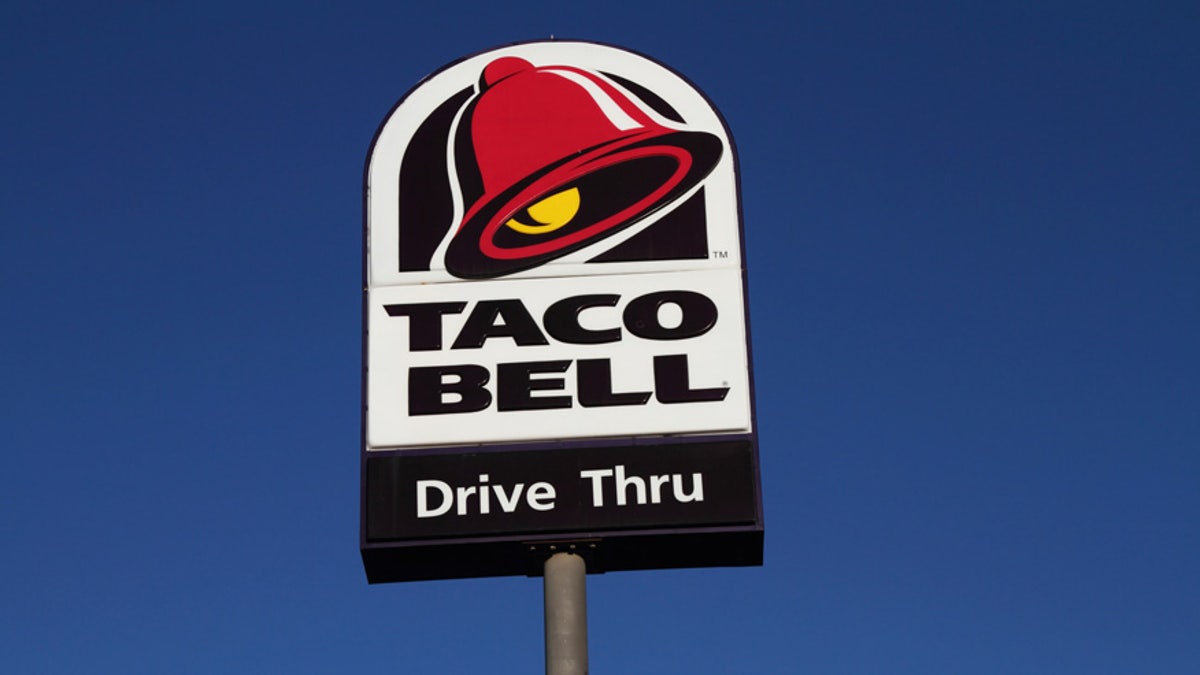
Taco Bell's new Canadian restaurants will offer a boozier experience. (iStock)
Everyone knows that only poor people eat fast food. And, not surprisingly, everyone is wrong.
The fact is there’s almost no correlation between fast food consumption and income, according to a study posted online by ScienceDirect that will appear in the November 2017 issue of the journal Economics and Human Biology.
Its authors, Jay L. Zakorsky, a research scientist at Ohio State’s Center for Human Resource Research, and Patricia K. Smith of the Department of Social Sciences at U. Michigan-Dearborn, asked 8,000 Americans in their 40s and 50s how many times they’d eaten food from places such as McDonald’s, Kentucky Fried Chicken, Pizza Hut or Taco Bell in one week.
KFC TAKING NAKED CHICKEN CHIPS NATIONWIDE
What they found might shock a culinary snob: There was almost no correlation between how much people earned and how much fast food they ate.
"It's not mostly poor people eating fast food in America,” Zagorsky said. “Rich people may have more eating options, but that's not stopping them from going to places like McDonald's or KFC."
In fact, though the difference was small among all economic groups, it was the people in the middle-income group who were most likely to belly up to a Big Mac and fries.
As reported in Vice, the researchers found that among those in the lowest 10 percent of income, 80 percent ate fast food at least once a week. Among the top 10 percent of income, the fast-food eaters comprised 75 percent. But it was those in the middle who were at the top: 85 percent of those surveyed in the middle-income group said they ate fast food at least once a week.
All of this confirmed the findings of previous studies:
- In 2015, the Centers for Disease Control and Prevention examined children’s diets and found no correlation between poverty levels and fast food consumption.
- In 2015, a study from the U.S. Department of Agriculture, the University of Pennsylvania and Princeton ruled out the idea that "food deserts" — or rural areas which lack healthier dining options — significantly contributed to the eating habits of people across all economic backgrounds.
- A 2013 Gallup poll revealed that those earning $75,000 ate more fast food than those earning less than $25,000.
- A 2011 study conducted at the University of California Davis concluded that “fast-food dining becomes more common as earnings increase from low to middle incomes, weakening the popular notion that fast food should be blamed for higher rates of obesity among the poor.
DALLAS OFFICIALS OFFER $3 MILLION TO OPEN GROCERY STORE IN 'FOOD DESERT'
“There is a correlation between obesity and lower income, but it cannot be solely attributed to restaurant choice,’ said the study’s senior author, J. Paul Leigh. “Fast-food dining is most popular among the middle class, who are less likely to be obese.”
The bottom line? The “common knowledge” that fast food is for people who can’t afford something “slower” is being spread by the uncommonly unknowledgeable. You’re not exactly “slumming” when you pull up in your Lexus at the drive-thru window and order a chalupa.
It turns out you’re in good — maybe even affluent — company.